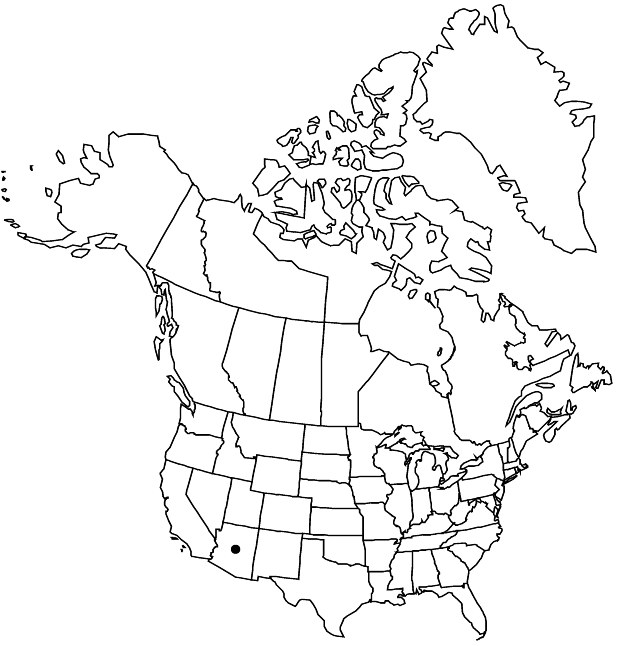familyCrassulaceae
genusDudleya
subgenusDudleya subg. Dudleya
speciesDudleya saxosa
subspeciesDudleya saxosa subsp. collomiae
Difference between revisions of "Dudleya saxosa subsp. collomiae"
Madroño 14: 108. 1957,.
Endemic
Basionym: Dudleya collomiae Rose Desert Pl. Life 6: 68. 1934 (as collomae)
Synonyms: Echeveria collomiae (Rose) Kearney & Peebles
imported>Volume Importer |
imported>Volume Importer |
||
| Line 59: | Line 59: | ||
|publication year= | |publication year= | ||
|special status=Endemic | |special status=Endemic | ||
| − | |source xml=https:// | + | |source xml=https://bitbucket.org/aafc-mbb/fna-data-curation/src/2e0870ddd59836b60bcf96646a41e87ea5a5943a/coarse_grained_fna_xml/V8/V8_378.xml |
|genus=Dudleya | |genus=Dudleya | ||
|subgenus=Dudleya subg. Dudleya | |subgenus=Dudleya subg. Dudleya | ||
Latest revision as of 23:43, 5 November 2020
Caudices 1.5–3 cm diam. Leaf blades 5–15 × 1–2.5 cm, 2–6 mm thick. Inflorescences: floral shoots red, 5–12-leaved, 15–40 × 0.3–0.6 cm; cincinni 4–15-flowered, 3–12 cm. Pedicels 5–20 mm. Flowers: sepals 4–7 mm; petals bright yellow, red-tinged, 12–16(–20) mm. 2n = 136.
Phenology: Flowering spring.
Habitat: Rock crevices and rocky slopes
Elevation: 400-1800 m
Discussion
The well-isolated polyploid subsp. collomiae is similar to the diploid subsp. aloides, differing mainly in its larger flowers.
Selected References
None.
Lower Taxa
None.
